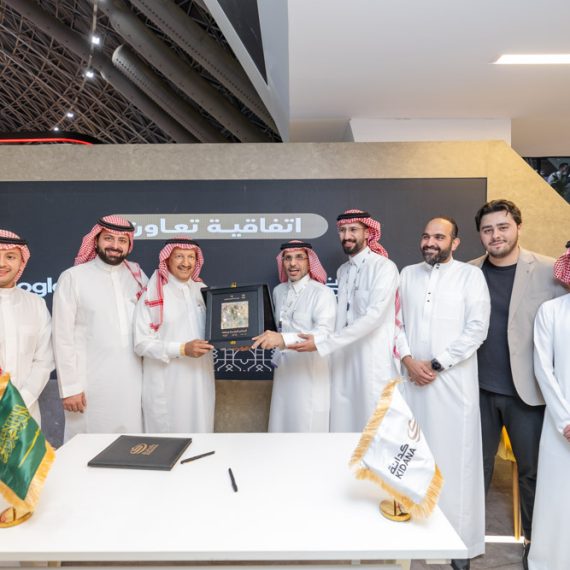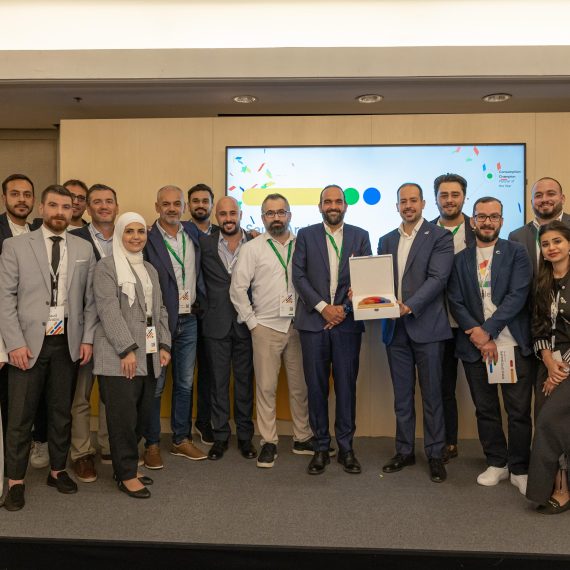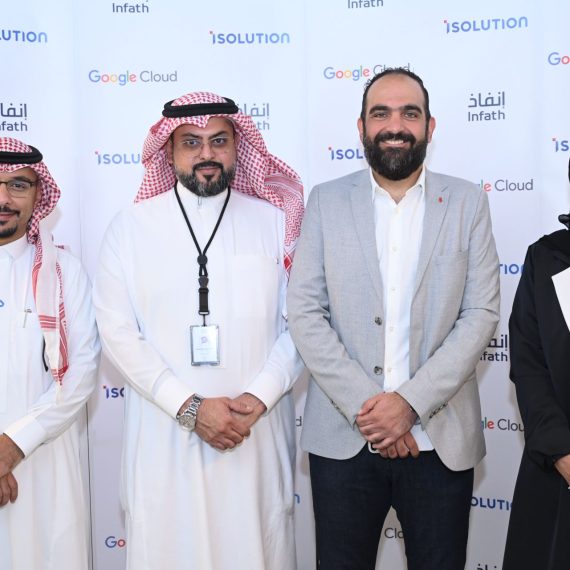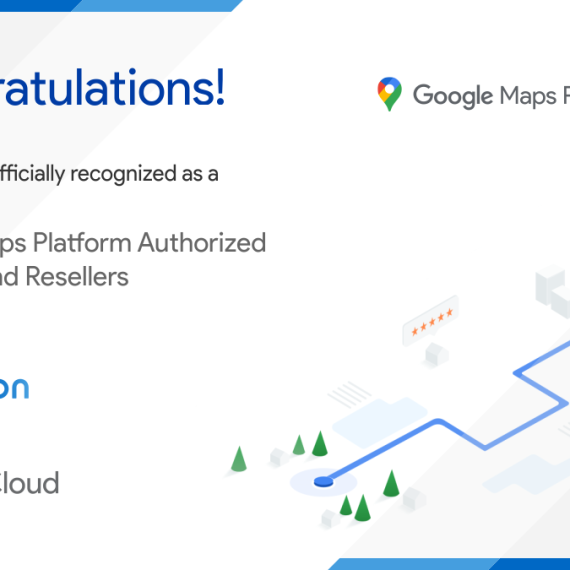In an age where connectivity defines the pace of progress, the Internet of Things (IoT) stands out as a transformative force. Once limited to smartphones and computers, the internet is now woven into the fabric of our daily lives through devices that range from wearable fitness trackers to industrial sensors and smart city infrastructure. This revolution is not just about connectivity, it’s about intelligence.
IoT is changing how we live, work, and do business, turning everyday objects into powerful assets that gather data, analyze trends, and enable smarter decisions.
What Is IoT?
The Internet of Things refers to a network of physical objects embedded with sensors, software, and other technologies that connect and exchange data with other devices and systems over the internet. These “things” can be anything, from home thermostats and security cameras to smart factory machines and connected vehicles.
IoT bridges the gap between the physical and digital worlds, enabling real-time monitoring, automation, and actionable insights.
Why IoT Matters
The true value of IoT lies in its ability to collect real-time data, drive automation, and optimize operations. Organizations across industries are leveraging IoT to improve efficiency, enhance user experiences, and unlock new revenue streams.
1. Real-Time Monitoring & Insights
IoT devices provide real-time data that enables businesses to monitor performance, usage patterns, and potential issues across systems. This leads to better decision-making and faster problem resolution.
2. Predictive Maintenance
In sectors like manufacturing or utilities, IoT sensors can predict equipment failure before it happens, minimizing downtime and reducing maintenance costs.
3. Smart Automation
From energy systems that adjust based on occupancy to supply chains that self-optimize, IoT enables smarter automation that adapts to changing conditions in real time.
4. Enhanced Customer Experience
In retail, hospitality, and healthcare, connected devices offer more personalized and responsive experiences, from smart shelves that track inventory to wearable health monitors that alert physicians in real-time.
Key Technologies Behind IoT
IoT is powered by a combination of technologies that work together to enable connectivity and intelligence:
- Sensors & Devices: Capture data from the physical environment.
- Connectivity: Wi-Fi, Bluetooth, 5G, and LPWAN enable devices to communicate.
- Cloud Platforms: Store and process vast amounts of data.
- Edge Computing: Processes data near the source for faster responses.
- AI & Machine Learning: Analyze IoT data to generate insights and automation.
The Future of IoT
As 5G expands and AI becomes more advanced, IoT will become even more powerful and pervasive. From autonomous vehicles and digital twins to immersive customer experiences, the possibilities are endless.But the future isn’t just about connecting devices, it’s about unlocking intelligence. Organizations that embrace IoT now will be better positioned to adapt, innovate, and lead in their industries.
The Internet of Things is no longer a futuristic concept, it’s here, and it’s reshaping how we interact with the world. From home to enterprise, from personal health to global supply chains, IoT is turning everyday objects into smart, responsive assets.







Leave a Comment